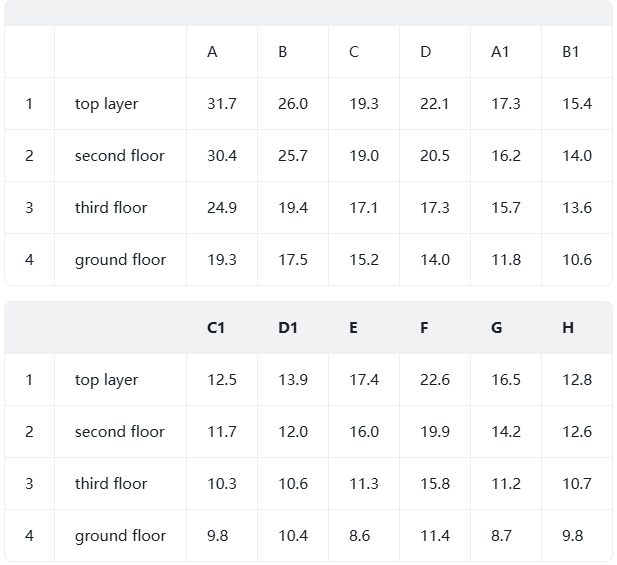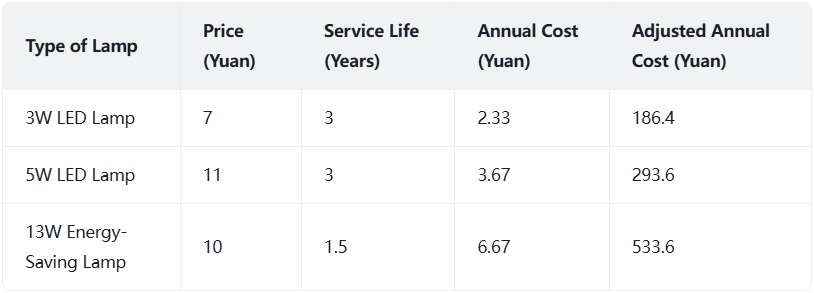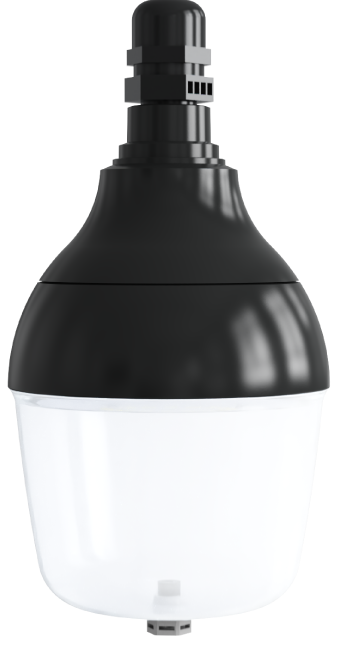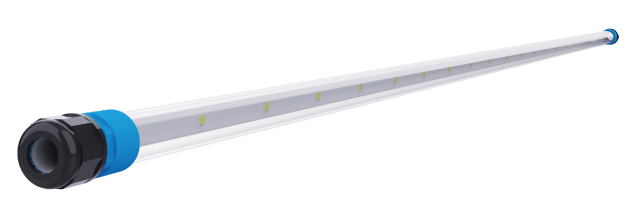Chicken Coop Light: Comparison of LED Lights and Energy-Saving Lights

Directory:
1. Experiment Setup
2. Experiment Duration
3. Objectives
4. Lighting Performance
5. Energy Consumption and Cost
6. Purchase Cost
7. Hen Productivity
8. Additional Considerations
9. Conclusion and Recommendations
10. Ceramiclite Chicken Coop Light
In poultry farming, proper lighting is crucial for the productivity and well-being of laying hens. This article presents the findings of a comparison experiment between LED lights and energy-saving lights in laying hen houses, conducted to assess their effectiveness in terms of cost, performance, and impact on hen productivity.
1. Experiment Setup
The experiment was conducted in a 240-day-old laying hen house with a capacity of 10,440 hens, with an actual stock of 9.970 hens. The hen house was a windowed semi-open design, equipped with automatic feeding, drinking, and manure removal systems. The chicken coop lighting system consisted of 80 lights arranged in four rows, with each row containing 20 lights. The lights were positioned 3 meters apart and 2.4 meters above the ground, in a staggered layout.
The experiment involved dividing the lights into three sections:
(1)The first section had 10 existing 13-watt energy-saving lights.
(2)The second section had 5 newly installed 5-watt LED chicken coop lights (spherical).
(3)The third section had 5 newly installed 3-watt LED chicken coop lights (spherical).
All lights were controlled by a single timing system to ensure consistent light exposure.
2. Experiment Duration
The experiment ran from January 15. to March 15. spanning two months.
3. Objectives
The primary objectives were to compare the input and operational costs of LED chicken coop lights and energy-saving lights, as well as to evaluate their impact on hen productivity, including feed intake, egg production rate, and mortality rate.
4. Lighting Performance
Measurements of light intensity at various points within the hen house revealed that the 5-watt LED chicken coop lights provided an illumination range of 15 to 31 lux, the 13-watt energy-saving lights provided 10 to 22 lux, and the 3-watt LED chicken coop lights provided 10 to 17 lux. Notably, the light intensity from LED lights was more evenly distributed compared to energy-saving lights.
table1 LED lamps, energy-saving lamps test results(lux)

5. Energy Consumption and Cost
Based on a daily supplementary lighting period of 6 hours, an electricity price of ¥0.6 per kWh, and considering the lifespan of each light type, the annual electricity cost for:
(1)3-watt LED chicken coop lights amounted to ¥315.6.
(2)5-watt LED chicken coop lights amounted to ¥525.6.
(3)13-watt energy-saving lights amounted to ¥1,366.56.
Thus, the annual electricity cost for 3-watt LED chicken coop lights was ¥1,050.96 less than that for 13-watt energy-saving lights.
6. Purchase Cost
Considering the market prices and average lifespan (1.5 years for energy-saving lights and 3 years for LED lights), the overall cost analysis showed that 3-watt LED chicken coop lights incurred the lowest annual cost, being ¥347.2 cheaper than 13-watt energy-saving lights per hen house.
table2 Cost comparison between LED lamps and energy-saving lamps

7. Hen Productivity
Over the two-month experiment, there were no significant differences in feed intake, egg production rate, or mortality rate among the three groups of hens exposed to different lighting conditions. The overall incidence of pecking behavior and mortality rate also remained comparable.
8. Additional Considerations
LED chicken coop lights generate minimal heat, have a longer lifespan, and exhibit slower brightness decay compared to energy-saving lights, which tend to heat up significantly and have shorter lifespans due to the tendency for their ends to darken and burn out. The lower operating temperature of LED chicken coop lights (19°C vs. 44°C for energy-saving lights) may also contribute to a more comfortable environment for the hens.
9. Conclusion and Recommendations
The results of this experiment indicate that 3-watt LED chicken coop lights are the most cost-effective option for laying hen houses, offering lower purchase and electricity costs while meeting the lighting requirements for optimal hen productivity. Additionally, LED lights are easier to clean and maintain due to their smooth spherical shape and design, which minimizes dust accumulation.
It is recommended to install LED chicken coop lights at a height of 2.4 to 2.6 meters above the ground, using a lower wattage (3 watts) with multiple lights arranged in short distances and cross-rows to ensure an even distribution of light throughout the hen house.
10. Ceramiclite Chicken Coop Light
10.1 Chicken Coop Lighting Bulb D80



11. Related Solution & Science
12. Related Poultry Lighting Blog
Led Poultry House Lighting: Effect of Light on Broiler Production
Poultry Lighting Equipment Layout and Management
Broiler Lighting: Best Light for Chicken Brooder
Poultry House Lighting: Red/blue Light for Chicken Coop
Poultry Farm Lighting: Characteristics of Lighting for Poultry Farm